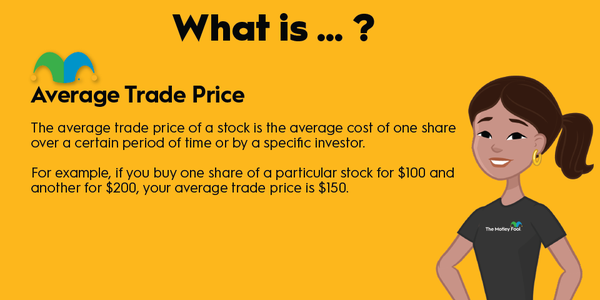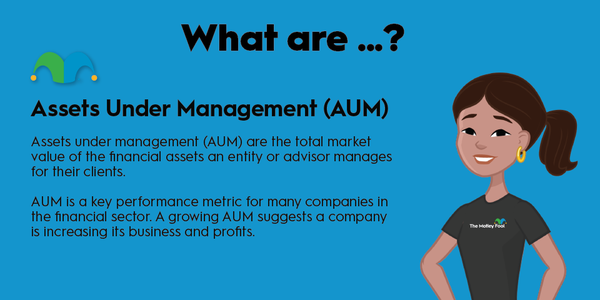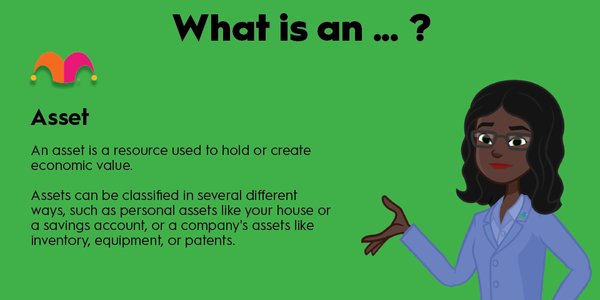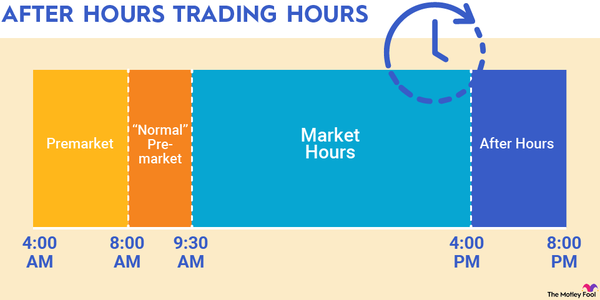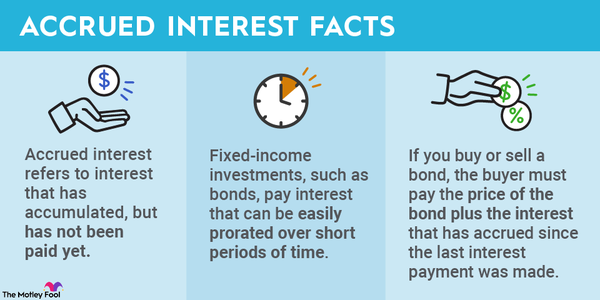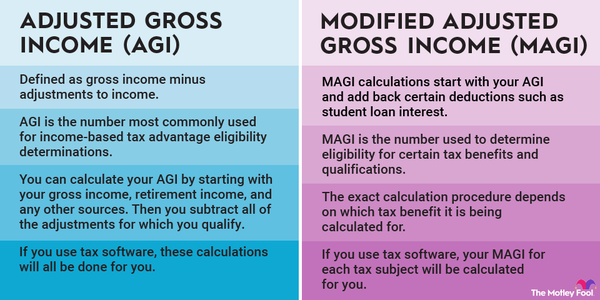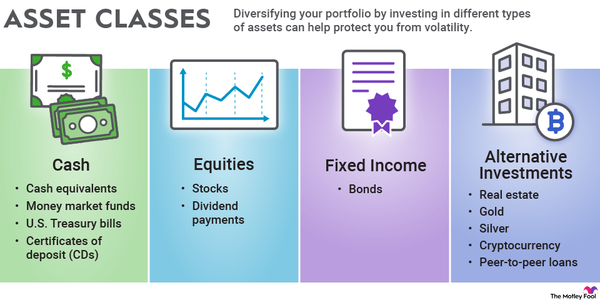Annual reports aren’t always easy reading, but the valuable information they deliver is worth the effort. Just ask master investor Warren Buffett, who famously reads annual reports for fun and profit.

In the world of investing, understanding annual reports is essential to making informed decisions. Let’s see what annual reports are, why they matter to investors, and how they can help you find the business information you crave.
The ABCs of annual reports
An annual report is a company's yearly showcase. This document is brimming with details about the company’s financial performance, accomplishments, and overall well-being. Some companies make their annual 10-K filings do double duty by also serving as the annual report. In other cases, the annual report offers a trimmed-down selection of data but a fancier presentation, with paper copies printed in glossy four-color formats.
For the glossy-graphics version, the 10-K filing’s full information and detailed financial statements are always included by reference. Even if it takes a few extra clicks or reaching for a less exciting black-and-white printout, you should keep the full financial information feast of the 10-K nearby whenever you’re plowing through a slideshow-style annual report. So when I’m talking about annual reports, you should always assume that the 10-K filing’s data is part of the package.
Most companies serve up their annual reports on their investor relations websites, where they're available for regular browsing or as downloadable PDF documents. Additionally, you can usually request a printed copy from the company if you prefer.
Annual reports are also filed with the U.S. Securities and Exchange Commission (SEC) on the freely searchable EDGAR database. Many popular sources for stock information also keep their own copies of 10-K statements and other SEC filings.
Why annual reports matter
Annual reports are a veritable feast of data that empowers investors to hold companies accountable for their actions and results. By providing a clear window into a company's operations, strategies, and management decisions, these reports serve as a testament to its financial integrity and corporate governance, leaving a delectable trail of trust for investors to follow.
Created for the benefit of shareholders, potential investors, and other stakeholders, the annual report holds a generous spread of information to boost your understanding of the company's present business and its future trajectory. The company's management team is responsible for creating the annual report. They collaborate with various departments, including finance, legal, and marketing, to ensure that the document captures the company's essence while satisfying regulatory requirements.
Due to the standardized structure of a proper 10-K filing, some required sections may not apply to every company out there. For example, you’ll often see sections like item 4 (mine safety disclosures) and item 1B (unresolved staff comments) left blank.
These yearly publications don't just offer a snapshot of a company's current situation. They also provide insights into its history, market trends, and industry context. For everything from understanding the company's competitive advantages to evaluating risks and future prospects, annual reports are an indispensable part of an investor's toolbox.
What to do with the annual report’s data
Armed with an annual report, you can dig into a company's financial statements over at least three years. I’m talking about an eagle-eye view of the balance sheet, income statement, and cash flow statement. These documents reveal the company's profitability, liquidity, and overall financial health on an annual basis. Quarterly reports and 10-Q filings focus on shorter calendar slices, but this document gives you a wide overview without seasonal swings and short-term anomalies.
Beyond the numbers, annual reports also contain a wealth of qualitative information. Management's discussion and analysis (MD&A) holds valuable insights into the company's strategic direction. The reports on risk factors and legal proceedings may show issues you had not considered before.
By reading between the lines of the full filing, you can unearth subtle hints that help you make more informed investment decisions.
Example of an annual report in action
You can also see an annual report as a beefed-up version of the quarterly 10-Q filing. The basic structure is similar, but the annual filing is usually much more substantial. For example, Netflix’s (NFLX -0.63%) 10-Q filing for the third quarter of 2022 is a fairly svelte 38-page presentation of roughly 17,000 words. Three months later, Netflix’s 10-K filing for 2022 weighed in at a more robust 87 pages and 41,000 words.
The larger document holds a lot of information you won’t see anywhere else. For example:
- The 2022 report lists 15 Netflix subsidiaries in exhibit 21.1, ranging from its American production studios to strategic service hubs in places like France, Singapore, and Mexico. Three years earlier, the significant subsidiaries stopped at four names with just two offices outside U.S. borders.
- Netflix’s 10-Q statements hold information about income taxes on a global level. In the 10-K, item 10 breaks the monolithic report down into federal, state, and foreign taxes. There are also detailed rundowns of the company’s tax credits, reserves of unused credits, and a line-by-line analysis of its effective tax rate over three years.
- You won’t see Netflix discussing its contributions to employee 401(k), pension, and health plans in any other document. Here you’ll find that the company’s contributions for health benefits nearly doubled from 2020 to 2022, while spending on pension plans increased by 64%.
That’s some fine bedside reading and food for thought in my book. I’m sure Warren Buffett agrees on that front.




